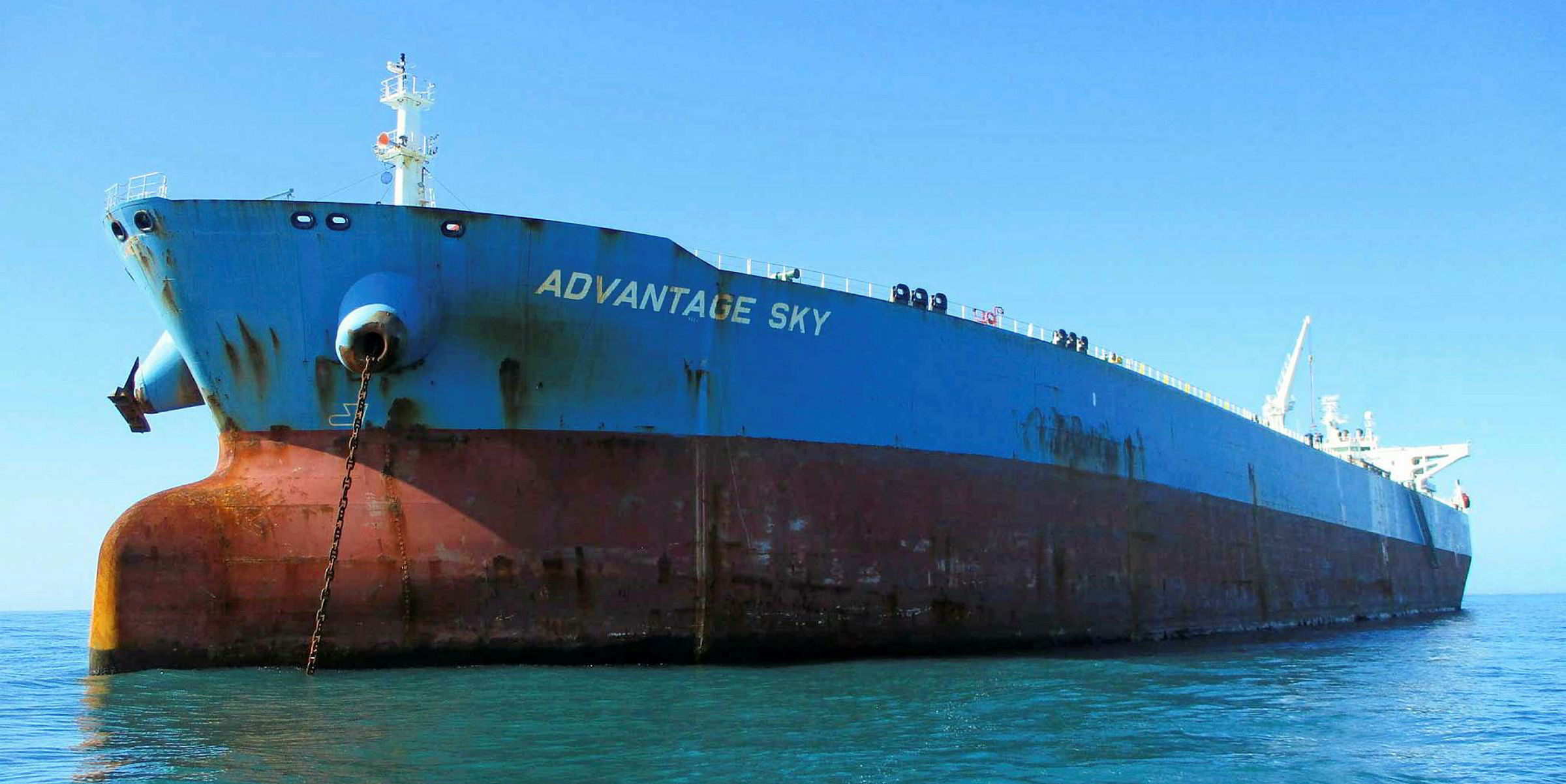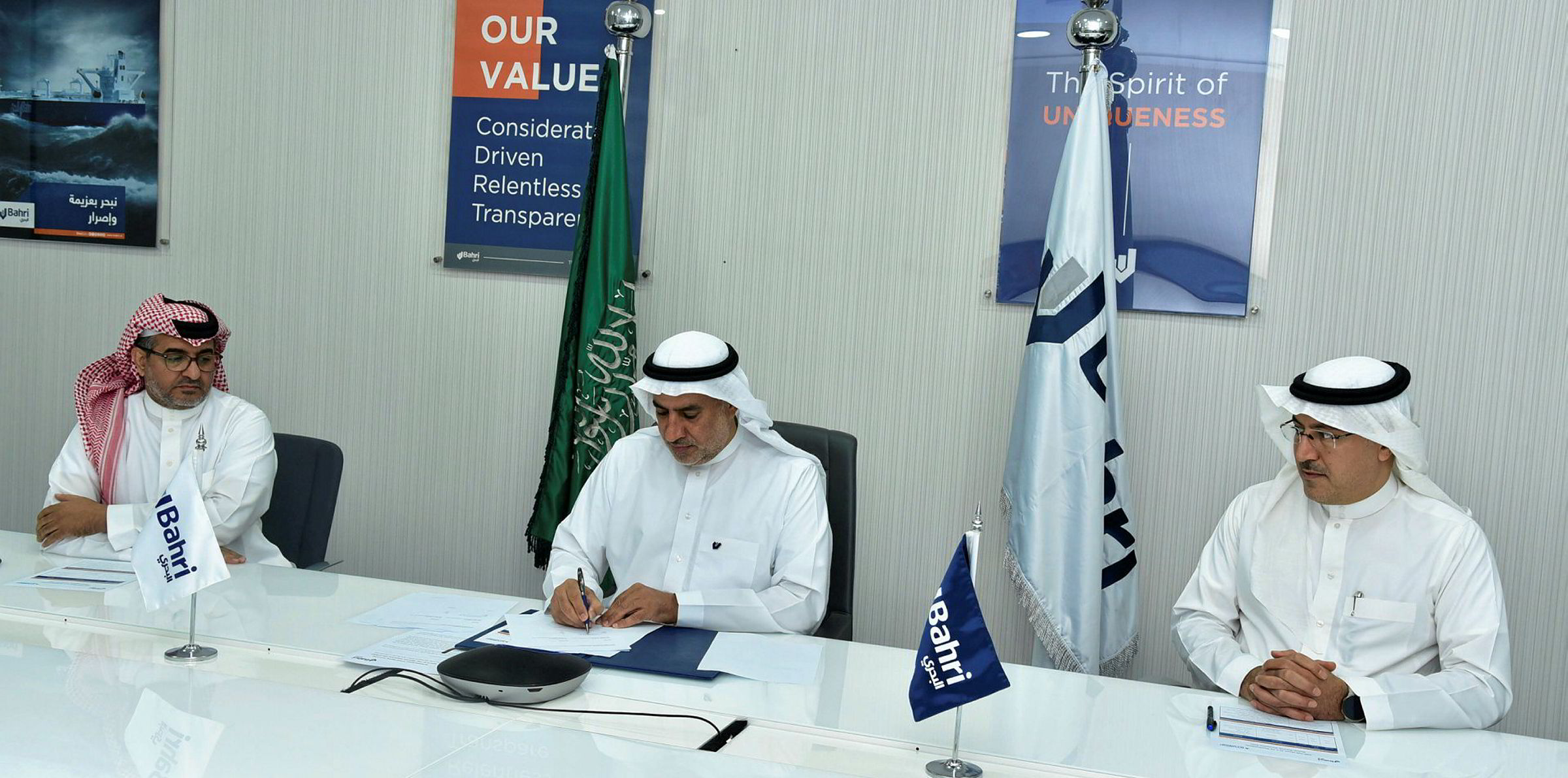Product carriers are ahead of schedule in terms of a recovery from Covid-19 and Opec+ output cut headwinds, according to Clarksons Platou Securities analysts.
Frode Morkedal and Omar Nokta said the sector has been an "interesting bright spot" in recent weeks, in contrast to sideways movement in crude tanker markets.
Product tanker spot rates remain on a positive trend, they said.
"While tanker activity, particularly in the large crude segment, remains generally slow, product activity levels have been encouraging," the analysts added.
However, stocks have been slow to respond, with product carrier company shares declining last week by 5% on average.
Shipping fell overall in the same period, as crude tanker company equities dropped 2.5%, bulker stocks decreased 4.5%, LNG shipping stocks fell 4.7% and LPG carrier owners slipped 2.7%.
The outfit, which is the investment banking arm of UK shipbroking giant Clarksons, said rising US Gulf exports have been a positive driver recently for clean tankers, as well as LPG and LNG carriers.
The fact that rates have been on a firming trend for several weeks is noteworthy as this positions product tanker owners to wind down the third-quarter earnings period on [a] stronger footing, with the fourth quarter potentially starting at higher-than-expected levels
Omar Nokta and Frode Morkedal
"We had anticipated a tanker market recovery would be led by the product segment as improving demand would be met with increased product flows and that refineries would ramp up throughput, utilising existing crude stockpiles to start," Morkedal and Nokta said.
"However, we had not expected this recovery to begin until a few months down the line."
They added that it remains to be seen whether this represents the start of a recovery.
"But the fact that rates have been on a firming trend for several weeks is noteworthy as this positions product tanker owners to wind down the third-quarter earnings period on [a] stronger footing, with the fourth quarter potentially starting at higher-than-expected levels," the analysts said.
Tonnage tight
Clarksons Platou said LR and MR product tanker markets have continued to firm as the signs continued to point to near-term tightness.
The outfit is assessing LR2 rates at above $21,000 per day, with LR1 rates at $17,500 per day and MRs at $16,000 per day.
These are all at their highest points since late May or early June.
"MRs were the first to see improving market dynamics, rallying from their low point in early July on increased activity in the Atlantic Basin," Morkedal and Nokta said.
"This has since spread to the LR market, where a healthy amount of spot demand has come from the Middle East more recently."
They added that the US Gulf remains "fairly active", as evidenced by last week’s Energy Information Administration report indicating US refined product exports averaged 5.6m barrels per day (bpd) for the week ended 14 August — the highest level since April and on a par with export averages prior to the drop in oil prices.
Jefferies analyst Randy Giveans said that last week, the Opec+ group pressed its members and allies to restrict oil output in August and September to compensate for overproduction by Iraq, Nigeria, Angola and Kazakhstan between May and July.
The group left the current oil production cut phase-out in place, but warned that demand recovery has been slow.
Giveans said: "On a positive note, US exports to China continue to increase. We expect the third quarter to remain seasonally weak for tanker rates before improving in the fourth quarter."
But forecasting and advisory company Maritime Strategies International (MSI) was less sanguine about prospects in the tanker sector as a whole.

It said increasing port delays in Asia, the US and Europe will provide only limited support, with rates tipped to fall further in the third quarter.
"After three months of Opec+ production cuts, tanker markets are feeling the pressure with both crude and products sector earnings moving lower in July," MSI said.
Back in May, MSI had forecast quarterly average aframax one-year time-charter rates to fall from $32,400 per day to $21,600 per day at a time when spot markets were seeing record levels.
The company believed the realities of the largest quarterly drop in global oil demand ever seen were never going to present truly sustainable positive conditions.
'Abrupt decline'
So far, MSI claimed its expectations of a "substantial and abrupt decline" in tanker markets have played out.
In its latest Horizon monthly report, the company is forecasting third-quarter aframax one-year rates at $19,900 per day.
MSI continues to believe 2020 will be a very uncertain year for tankers.
One area where conditions have not proved as extreme as expected for tankers, however, has been floating storage, Maritime Strategies International (MSI) said.
The firm downgraded its assessment of the impact of the unwinding of storage for 2020, despite overall stored volumes still being extremely high by normal standards.
Earnings to stay low
"We expect the downwards trend to continue with earnings moving even lower in the fourth quarter, with earnings remaining low in the first quarter of 2021; with high stock levels meaning that as oil demand recovers, drawdowns will weigh on global trade," said MSI oil and tanker director Tim Smith.
"Production cuts will still be in force, even though Opec+ is now in the process of lifting output. US crude production has also fallen steeply, but exports have not seen as big a drop, as US refinery throughput also fell sharply in the second quarter. As refining recovers, it will also reduce the pool of US exports."
Delays increasing
TradeWinds has previously reported on a glut of VLCCs building up due to congestion in China, but MSI said there are also substantial delays elsewhere in Asia, the US and Europe.
"This friction will support deadweight demand in 2020 despite the drop in trade volumes, but like floating storage the effect will be temporary," the company added.
"Across 2020 there has been a clear increase in average delays. India has seen significant delays since April, after a number of ports declared force majeure and following high crude import levels vessels at Chinese ports are experiencing prolonged delays, with over 30 VLCCs seeing delays of more than 10 days off China in July, and that number is growing," Smith said.







